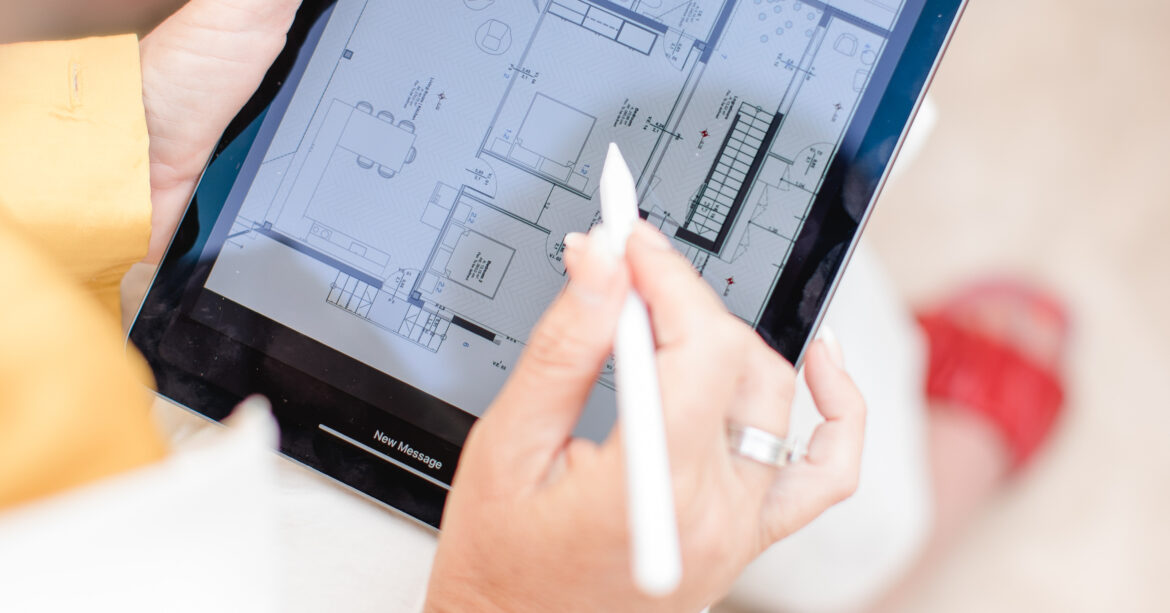In today’s world, technology is advancing rapidly, and with it, the concept of smart homes has become increasingly popular.
Smart homes incorporate automation technology to control systems, such as heating, lighting, and security, shelters, alerts on iPod and mac with the help of interconnected devices like smartphones and computers.
According to a report by Statista, the smart home market in Portugal is expected to have an annual growth rate of 19.7% from 2021 to 2025.
The future indeed looks smart!
Architecture firms are leveraging their expertise and knowledge to design homes that are not only aesthetically pleasing but also incorporate technology to enhance the homeowner’s quality of life.
In this blog post, we will analyze the possibilities that smart homes offer and how architecture firms are leading the way.

The Benefits of Smart Homes
- The most noteworthy benefit of smart homes is not only the convenience they offer but their contribution to energy efficiency. Smart homeowners can control everything from the lighting to detecting temperature indoors/outdoors and decide which and if shutters should be down to prevent overheating or up to generate passive solar gains, all from a single device.
- Smart homes offer energy saving by optimizing the use of appliances and lighting. This leads to lower utility bills and leads to a more sustainable way of living as automatism create the best confort / energy balance.
- Smart homes provide increased security. With the help of interconnected devices such as cameras and sensors, homeowners can monitor their property remotely as well as receive alerts in case of any suspicious activity.
- Smart homes offer enhanced entertainment options, with the ability to stream music and video content throughout the house. The homeowner needs to install advanced audio and video systems.
- Smart homes also offer improved health and wellness by incorporating technology that helps homeowners maintain a healthy lifestyle, especially when it comes to the quality of the indoor air by engaging a controlled ventilation system. For example, smart refrigerators can track food consumption, while smart beds can monitor sleeping patterns and adjust the firmness accordingly.
Unbelievable, right?
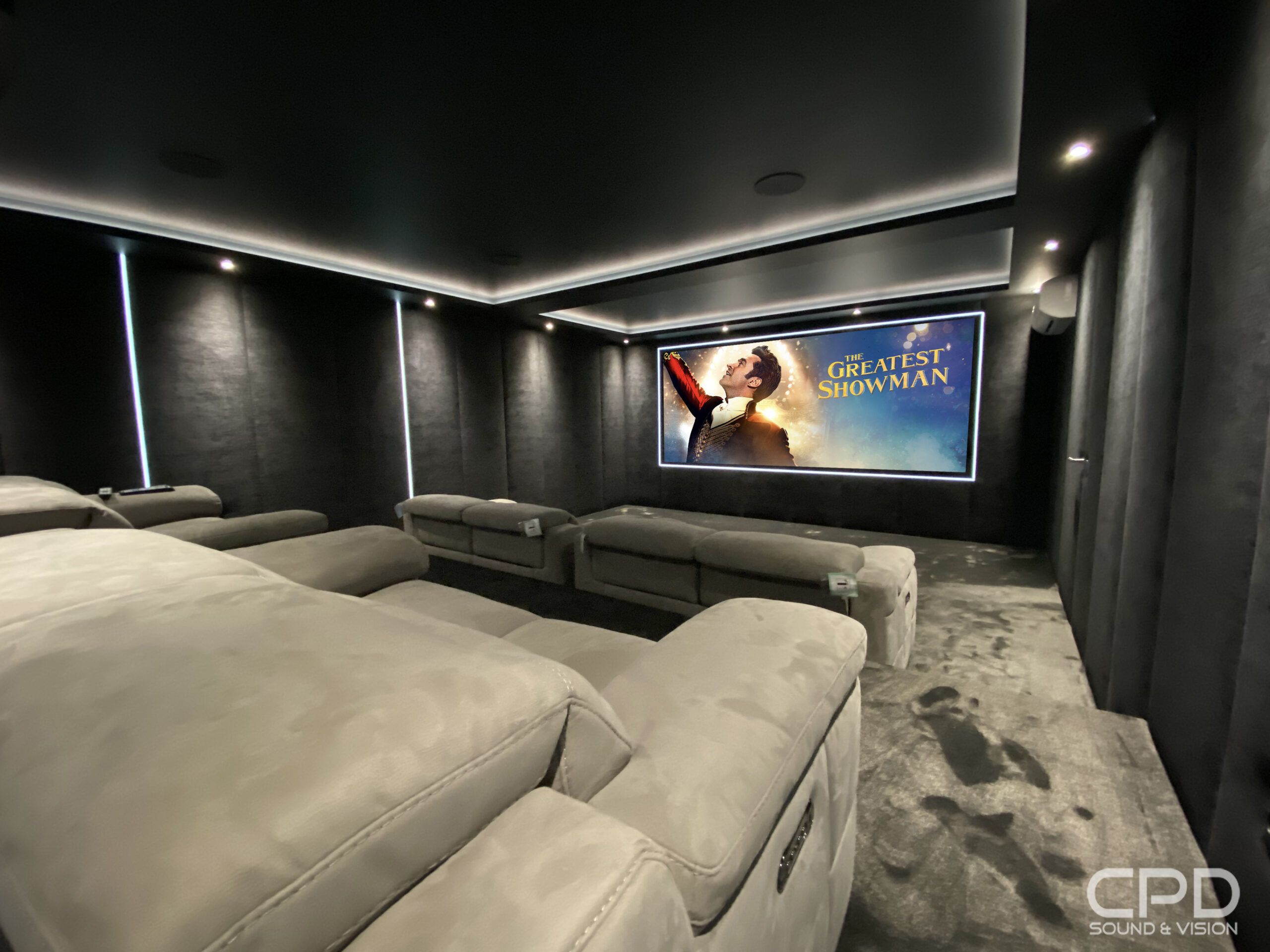
The Role of Architecture Firms
Architecture firms play a crucial role in designing smart homes that offer the above benefits to homeowners.
By working closely with technology experts, they are designing homes that incorporate the latest automation technology seamlessly.
Homes are designed with the end-user in mind, focusing on creating spaces that are both functional and aesthetically pleasing.
One of the ways architects are incorporating technology into smart homes is through the use of sensors. Sensors are used to detect changes in temperature, humidity, and other environmental factors.
These sensors are connected to a central system that can adjust the home’s heating and cooling systems, lighting, and other systems automatically.
Another way of incorporating technology is through the use of voice-activated assistants such as Amazon’s Alexa or Google Home.
These devices can be integrated into the home’s design, allowing homeowners to control various systems with their voice.
This adds an extra layer of convenience and is particularly useful for people with mobility issues.
CORE also designing homes that are energy-efficient, reducing the homeowner’s carbon footprint.
This is achieved through the use of advanced insulation systems, solar panels, and other energy-efficient technologies.
Not only does it save you money, but it also saves the planet.
Win-win!
Finally, technology is also incorporated into the design of outdoor spaces, such as gardens and patios. Smart irrigation systems are being installed that adjust watering schedules based on weather conditions.
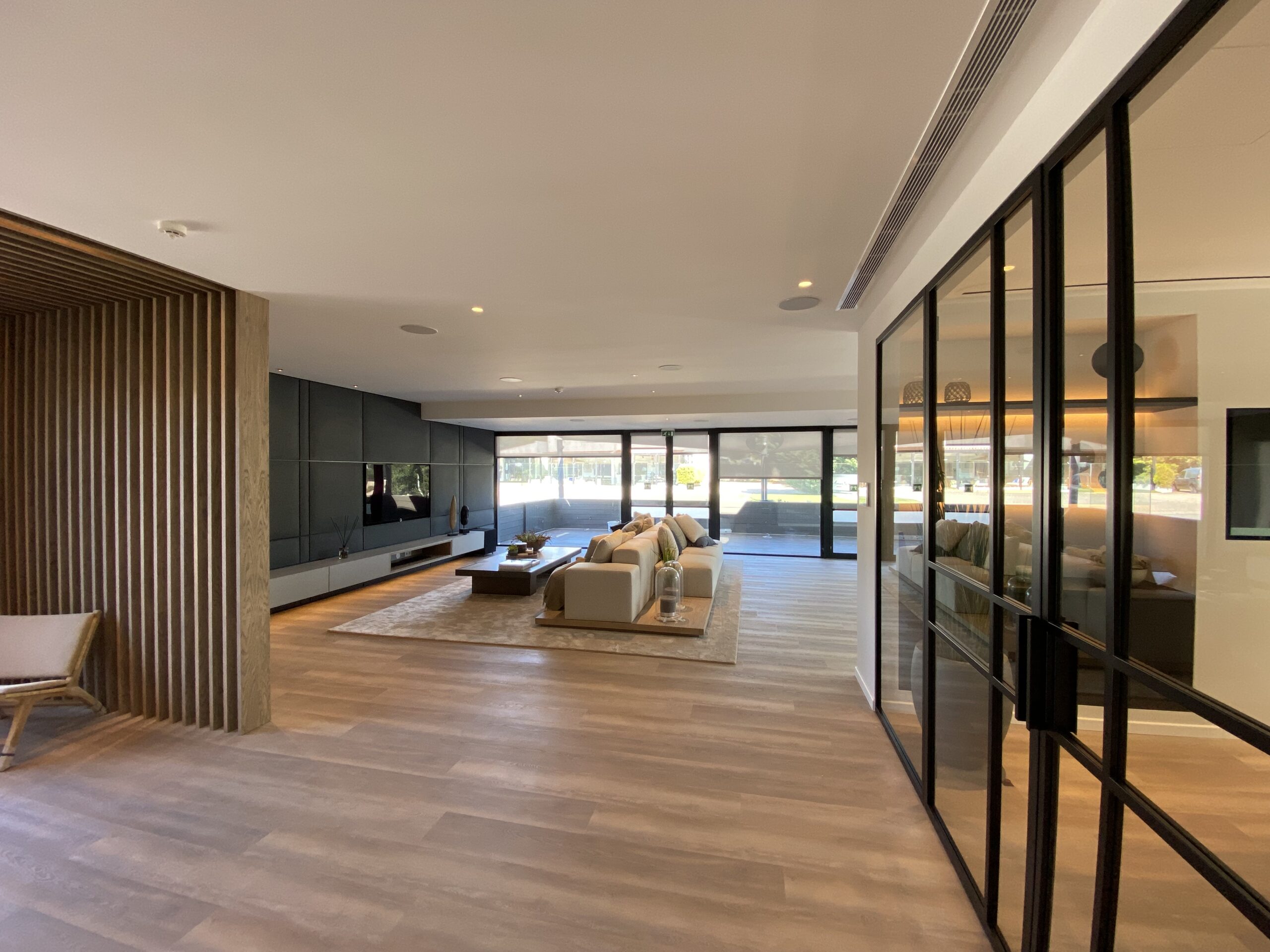
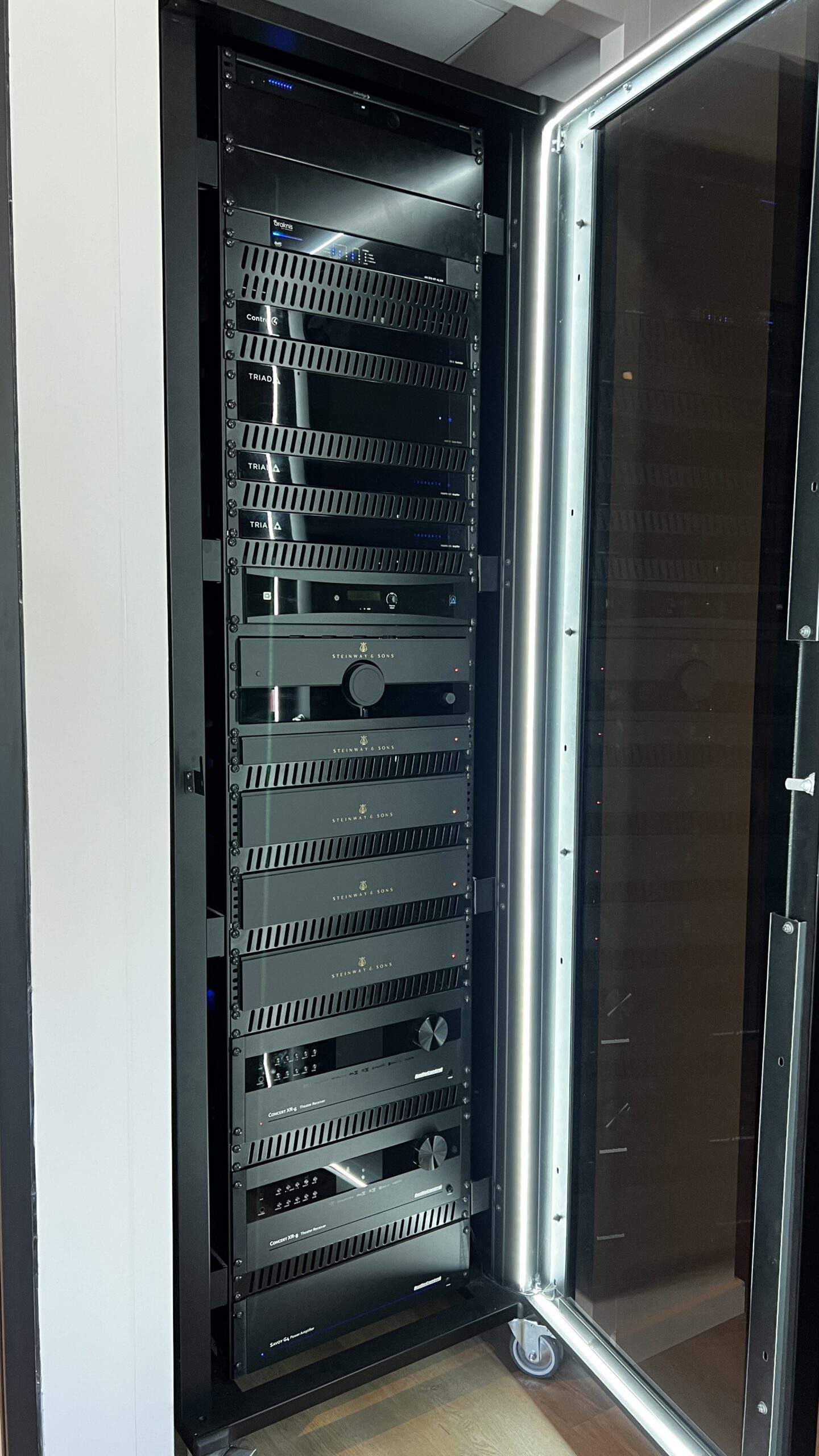
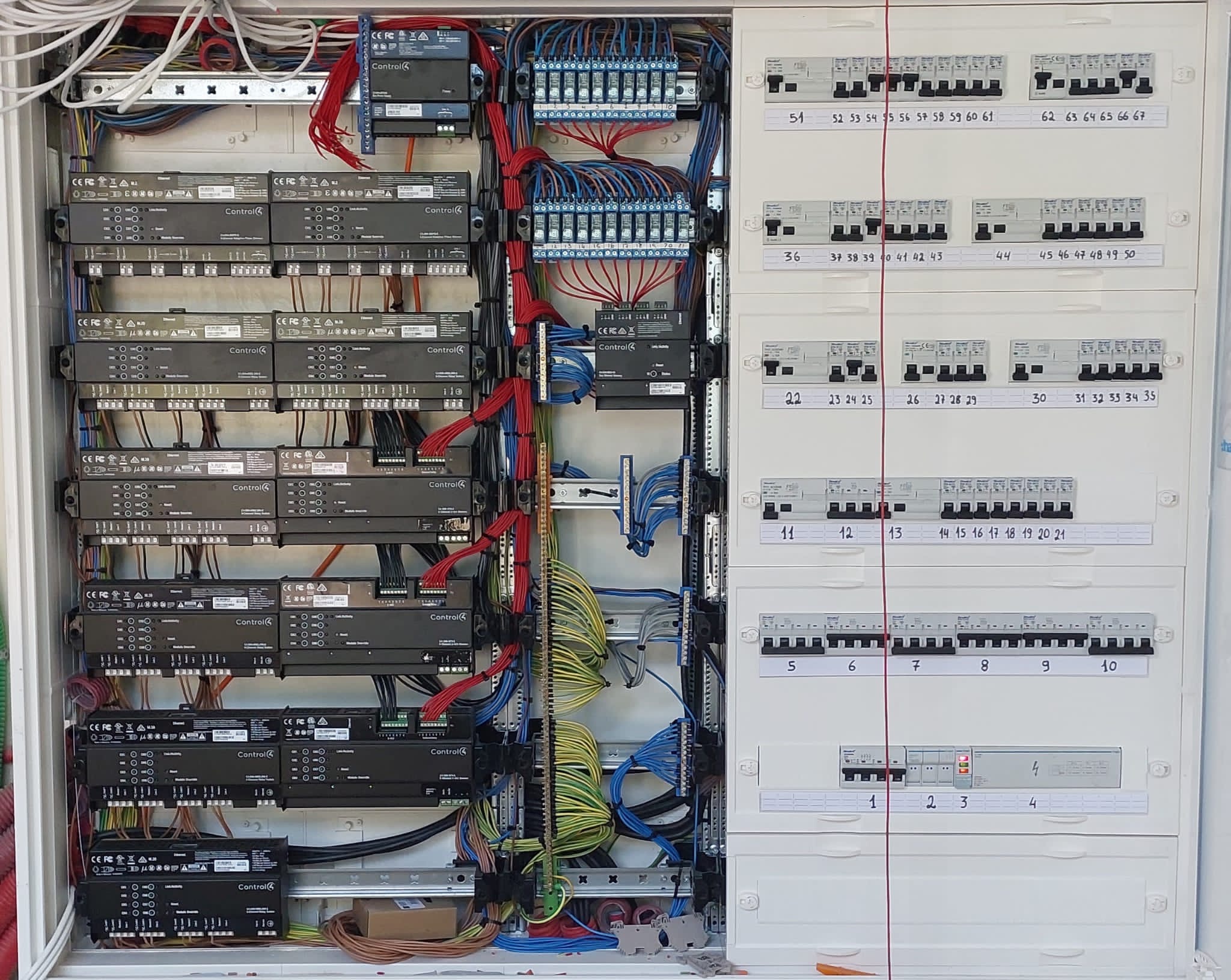
The Future of Smart Homes
As technology continues to advance, the possibilities of smart homes are endless. CORE is at the forefront of this exciting trend, designing homes that are at the cutting edge of technology.
The future of smart homes holds the integration of artificial intelligence (AI) and machine learning. With AI, smart devices will be able to learn and adapt to our behavior, preferences, and routines, making our homes even more personalized and efficient.
For example, an AI-powered smart thermostat could learn your daily schedule and adjust the temperature automatically, without any input from you.
The possibilities are endless!
So, let’s raise a glass (or a smartphone) to smart homes and the magic they bring to our lives!
However, it is a very personal decision if you want to surround yourself with AI to that extend or go back to roots.

